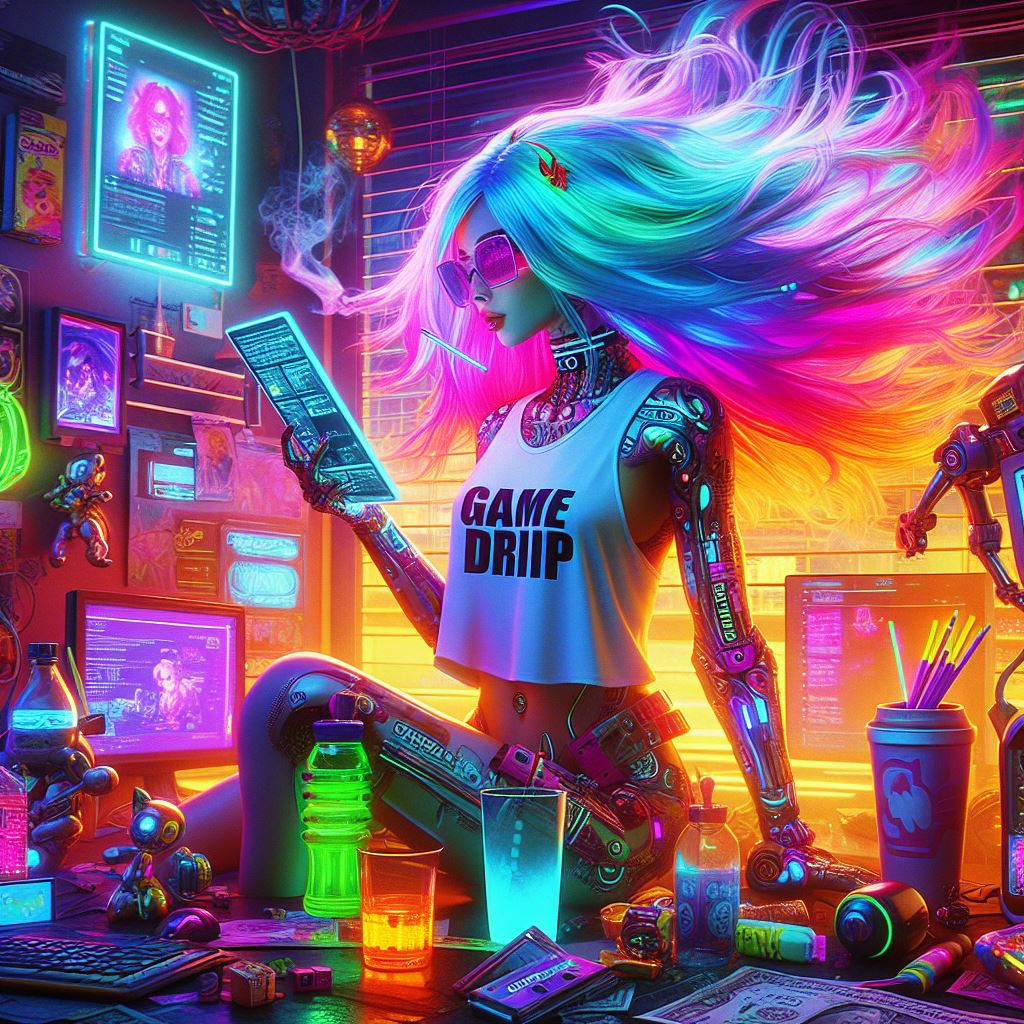As featured on Minecraft Servers Listing
#MRPlus
Welcome to MRPlus a new and unique Minecraft survival experience.
Have you ever gotten bored of just playing a regular Minecraft Multiplayer game? You want to spice things up but you aren’t too particularly fond of Minigames, or modded Minecraft just is too different or complex to just have a fun experience? Well then, I must say MR+ could just be what you are looking for. We try to not make our server too different from a regular Minecraft survival game, but we have just added enough changes to add a fresh breath of air to the whole game.
Is exploring a cave just boring? Want a little excitement then? Well, how about 6 new mobs, and new ambient sounds. There’s also some new treasure hidden in caves, you might also want to watch out for those cave-ins!
The Nether has also been amplified to make it a bit more dangerous, no longer will you enter the Nether with weak tools and expect to be safe. 8 New mobs will be running around, Pigmen drops have been changed a little to give you a valuable reward for making them angry. Don’t leave out the custom Nether generation, you may also be struck by lightning in the nether, so you better watch out!
Maybe you think all these things sound cool, but you are still wondering what’s so different about the normal gameplay? Well first off, we have added over 60+ new crafting recipes, such as emerald armor and tools! We also have ways to craft most of the non-craft able items in-game such name tags, elytra’s, and chain armor! There are also some new enchantments to make those who enjoying making stupid good armor and tools, and for those who are looking for a harder experience, mobs will get stronger the farther you are from the spawn. We also have keep inventory off in all dimensions other than the nether (Don’t worry we aren’t that cruel though you can always do /back!)
We also have something you collectors out there. Maybe if you’re lucky enough you can win one of our giveaway ranks or items! You might be used to a server giving away ranks, but we also give away 1 of a kind special items. These items will generally include enchants past the enchant cap, don’t worry we won’t make OP swords and armor for those of you who like to do a bit of fighting with others. We will also do 1 giveaway rank a month, we also try away to give away places. For example, the first place we are going to giveaway is the old spawn we had.
Are you also looking for a lot of community communication? We will be holding polls in our discord for what kind of plugins we should add, or what crafting recipes we should make!
Now I will list some of the things you should look out for while playing our server, yes you can use tnt but it will naturally regenerate over time. This also means creeper explosions are turned on but, will also regenerate (we do have a way to claim though, so don’t worry about grief). Like I said Keep Inventory is also off in the overworld and end, we deemed the Nether to dangerous to have it off. We are looking for staff but, we aren’t just going to give it to anyone who joins the server.
That’s all I have to say, for now, If I couldn’t give you a good reason to join our server, please let us know any opinions you have!

mrpluses.com




![”The Simply Crafted SMP – Join a Mature Community [Java 1.21+]”](https://game-drip.com/wp-content/uploads/2024/04/gamedrip-news-trending-6591.jpg)

![HollowedMC – Roleplay & Factions [Whitelist]](https://game-drip.com/wp-content/uploads/2024/04/gamedrip-news-top-8494.jpg)






![Soloria: Medieval RPG Realm [18+]](https://game-drip.com/wp-content/uploads/2024/04/gamedrip-news-latest-4652.jpg)





